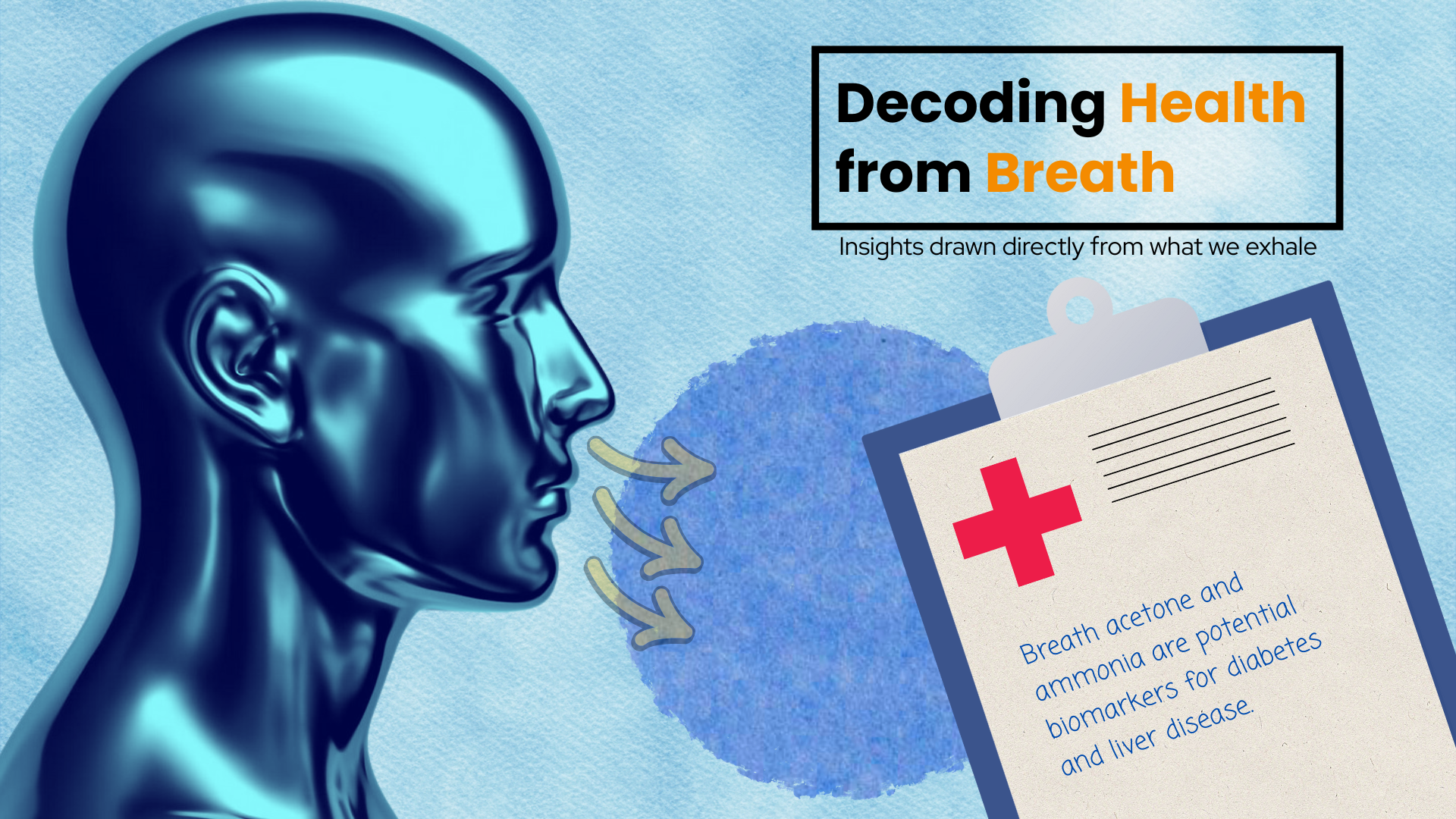From performing difficult calculations to online shopping, computers have undoubtedly revolutionized each aspect of our lives with its ability to store, retrieve, process and communicate data. With time passing by, computers have become powerful, yet more compact. Tablets, smart phone, smart watches are a few examples of how a computer has moved from occupying a large room to fitting in our tiny pockets. However, further miniaturization of computer devices requires a leap-a quantum leap. “Quantum computing” is the new buzz and all tech giants are racing to build a quantum computer and establish quantum supremacy.
The need for quantum computers arises due to our need for smaller devices with more efficiency. Since we make our devices smaller, the rules of classical or Newtonian mechanics are no longer applicable and the principles of quantum mechanics come into play. Naturally, the next breakthrough in computing is the development of quantum computers. Quantum computers will be able to carry out several computationally intensive tasks much faster than their classical counterparts and this in turn will revolutionize the fields of drug discovery, cyber security, traffic optimization and many more.
To achieve this power, quantum computers use quantum bits rather than binary bits used in ordinary computers. Unlike the binary bits which have two states “0” (off) and ”1” (on), the quantum bits or “qubits” can exist in superposition states which are linear combinations of 0 and 1. Two bits in our ordinary computer can be in four states 00,01,10 and 11 but can only exist in one state at a given time. Two qubits also have the same four states but they can explore these states simultaneously, via super positions. This parallel processing gives quantum computers the ability to carry out operations much faster than ordinary computers. We may understand this using an application, say the problem of finding the shortest route between two places. The ordinary computer will first check the first route, then second, third and so on and thereafter decide the best route and provide the answer, whereas a quantum computer can check all the routes simultaneously and therefore will be quicker to provide the answer. The story doesn’t end here, the power of the quantum computers increases exponentially with the addition of every qubit which means two qubits can perform 22 or 4 operations simultaneously whereas three qubits will have the ability to carry out 23 or 8 operations simultaneously. Indeed, quantum computers can usher a new technological revolution, however, one major impediment in building a quantum computer is that quantum bits are highly susceptible to noise.
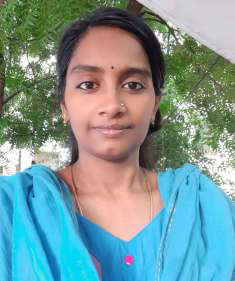
Akshaya Jayashankar 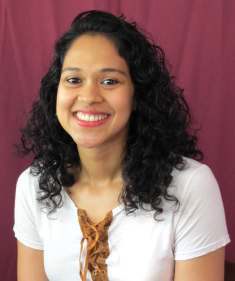
Anjala M. Babu 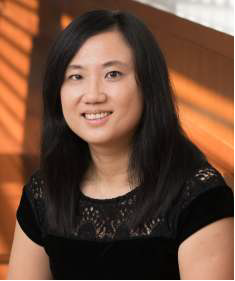
Hui Khoon Ng 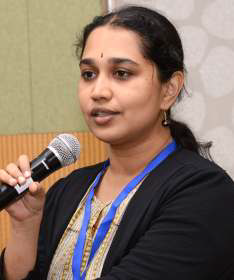
Prabha Mandayam
“We are today in an era of so called noisy, intermediatescale quantum (NISQ1) computers, with companies such as IBM and Google showcasing quantum devices with tens to hundreds of quantum bits (qubits). The key challenge in realizing scalable quantum computing devices is decoherence or noise, caused by unwanted evolution of the quantum bits due to the interaction with the physical environment. Quantum error correction provides a way to overcome this seemingly insurmountable barrier, by storing the information in a redundant manner in multi-qubit states. The central problem of quantum error correction is to identify regions of the quantum state space – quantum error-correcting codes – which are resilient to noise,” explains Dr. Prabha Mandayam, Assistant Professor at IIT Madras, who leads the study.
Dr. Prabha and her team at IIT Madras are working around this issue and in their latest research have come up with a procedure to identify quantum error correcting codes which can help mitigate errors in the qubits. In their work, which has published in the international journal “Physical Review A”, the team has developed a systematic way to construct noise-specific quantum codes. Using their procedure, which makes use of certain group-theoretic properties of quantum operators, it is possible to identify good quantum codes which can further be employed to protect against specific noise models arising in real physical devices.
“Quantum systems are highly fragile to environmental disturbances. Full-fledged protection using error correction codes is possible, but only if the error rate is below certain threshold, and even then it is resource intensive. Near-term quantum systems will be nowhere close to that threshold, and will not have enough resources either. Prabha’s work addresses the question about what can be done in such situations, i.e. reduce the dominant error to extend the life-time of the quantum system. A formalism has been developed, which improves the worst-case fidelity of a qubit, given the type of single-qubit error. The full optimization problem is simplified by approximate ansatz for the error recovery (Petz map) and for the state space searched (Cartan decomposition). Then the simplified problem is solved numerically. The results illustrate that, for a single qubit, it is possible to reduce the error rate by about a factor of two, by encoding the logical qubit into three or four physical qubits. This does not seem very attractive, but may be the same method can offer better solutions when such error-resilient encoding of a multi-qubit system is obtained. It would be also desirable to find some patterns in the encoded state (exploiting unitary symmetries to put it into a standard form), which would make the physical interpretation of the encoding clearer.,” comments Prof. Apoorva Patel, Professor at the Bengaluru based Indian Institute of Science and an expert in the field of quantum computing.
The work is a major advancement over the earlier work in which the developed codes removed the effects of arbitrary errors on individual quantum bits, making it a resource-intensive exercise. However, the noiseadapted codes identified by the team requires fewer quantum bits and simpler quantum circuits, making them less resource-intensive. As per the researchers, this USP of their procedure has the potential to make the current qubit architectures more resilient to noise and their encoding schemes can be tested easily on the NISQ devices available today.
“Our work on identifying good quantum codes assumes that the encoding/decoding gates are perfect. However,the quantum gates and circuits used to do the error correction are faulty in practice, so eventually this assumption has to be relaxed, taking us into the domain of quantum fault tolerance. Our work deals with the first step of finding the optimal error-correcting code for a given noise process. Implementing this in a faulttolerant manner is the next step for future work,” adds Dr. Mandayam while discussing her future plans.
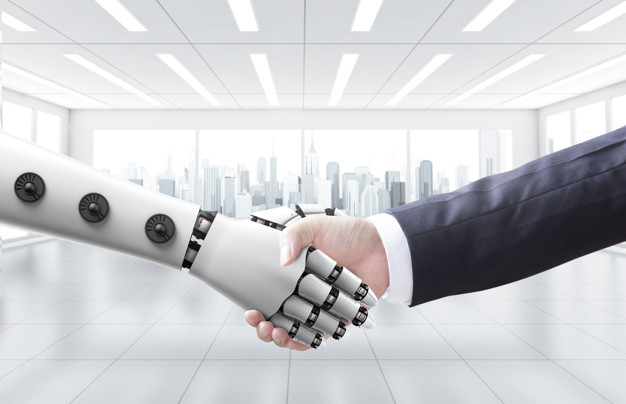
“Our work on identifying good quantum codes assumes that the encoding/decoding gates are perfect. However,the quantum gates and circuits used to do the error correction are faulty in practice, so eventually this assumption has to be relaxed, taking us into the domain of quantum fault tolerance. Our work deals with the first step of finding the optimal error-correcting code for a given noise process. Implementing this in a faulttolerant manner is the next step for future work,” adds Dr. Mandayam while discussing her future plans.
The research team led by Dr. Mandayam includes Akshaya Jayashankar from IIT Madras, Anjala M. Babu from the US-based Southern Illinois University and Hui Khoon Ng from the Singapore-based Yale-NUS College.
Article by Aditi Jain
Here is the link to the research article:
https://quantum-journal.org/papers/q-2018-08-06-79/


